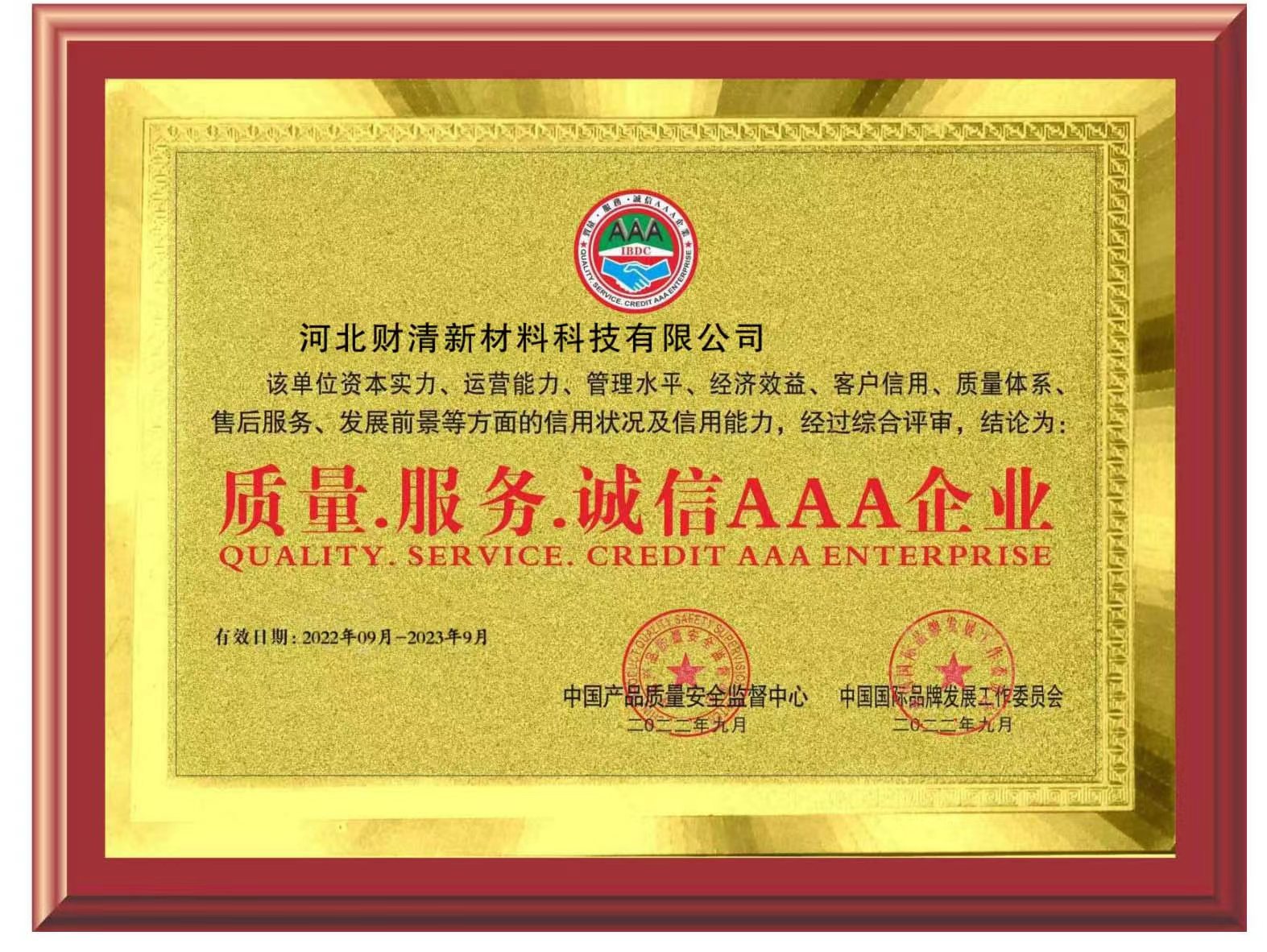
Aug . 06, 2024 06:09 Back to list
Exploring Lithopone as a Versatile Pigment Solution for Diverse Applications in the Industry
Lithopone in Pigment Supply A Comprehensive Overview
Lithopone, a composite of zinc sulfide (ZnS) and barium sulfate (BaSO4), has garnered significant attention in the pigment supply industry due to its exceptional properties and versatility. This white pigment, characterized by its high opacity and excellent durability, is commonly used in paints, coatings, plastics, and even cosmetics. As an integral part of the pigment supply chain, lithopone has a unique position that combines performance with sustainability.
Historical Background
The development of lithopone dates back to the late 19th century when it emerged as a viable alternative to lead-based pigments. With rising awareness of the health hazards associated with lead, lithopone provided a safer option that maintained the aesthetic qualities desired in various applications. Initially marketed as a competitive substitute for zinc white and titanium dioxide, lithopone saw its popularity soar due to its affordability and availability.
Composition and Properties
Lithopone typically consists of about 30% to 70% zinc sulfide, with the remainder made up of barium sulfate. This specific composition contributes to its unique properties, making it a desirable choice for manufacturers. Lithopone exhibits excellent whiteness, good hiding power, and resistance to moisture and chemicals, which makes it particularly advantageous in outdoor applications where exposure to harsh conditions can compromise other pigments.
Moreover, lithopone is known for its compatibility with a variety of binders and resin systems, allowing it to blend seamlessly into different formulations
. Its semi-transparency and ability to refract light provide desirable visual qualities, making it a staple in decorative paints and coatings.lithopone in pigment supplier

Applications
Lithopone is employed across numerous industries, leveraging its benefits in diverse applications. In the paint and coatings sector, lithopone is favored for interior and exterior coatings due to its excellent coverage and durability. It is particularly beneficial in architectural coatings that require both aesthetic appeal and resistance to weathering.
In addition to paints and coatings, lithopone finds its way into plastics. Its ability to improve opacity and modify light transmission makes it an ideal additive in the production of plastic goods ranging from containers to automotive parts. The cosmetic industry has also adopted lithopone, recognizing its safety profile and excellent coverage in products like sunscreens and foundations.
Environmental Considerations
As the demand for sustainable products progresses, lithopone's environmental footprint has come under scrutiny. Fortunately, lithopone is often regarded as ecologically benign compared to other pigments, particularly those that contain heavy metals. Additionally, its production process has evolved, with many suppliers adopting greener practices to minimize emissions and waste generation.
Conclusion
In conclusion, lithopone stands out as an essential player in the pigment supply industry. Its historical relevance, combined with its unique properties and wide-ranging applications, makes it a valuable resource for manufacturers seeking quality and reliability. As environmental concerns continue to influence industry practices, lithopone’s sustainability profile positions it well for continued success in a market that increasingly values safety and ecological responsibility. With innovations in production techniques and an unwavering demand across sectors, lithopone is likely to remain a staple pigment for years to come.
-
Premium 6618 Titanium Dioxide for GPT-4 Turbo Applications
NewsJul.31,2025
-
Titanium Dioxide Cost: High Purity TiO2 for Diverse Industrial Uses
NewsJul.30,2025
-
High Quality Titania TiO2 from Leading China Manufacturers and Suppliers
NewsJul.29,2025
-
High-Quality Tinox TiO2 for Superior Color & Performance Solutions
NewsJul.29,2025
-
High Quality Titania TiO2 from Leading China Supplier & Manufacturer
NewsJul.29,2025
-
High-Performance r6618 TiO2 for Superior Whitening and Versatility
NewsJul.28,2025
